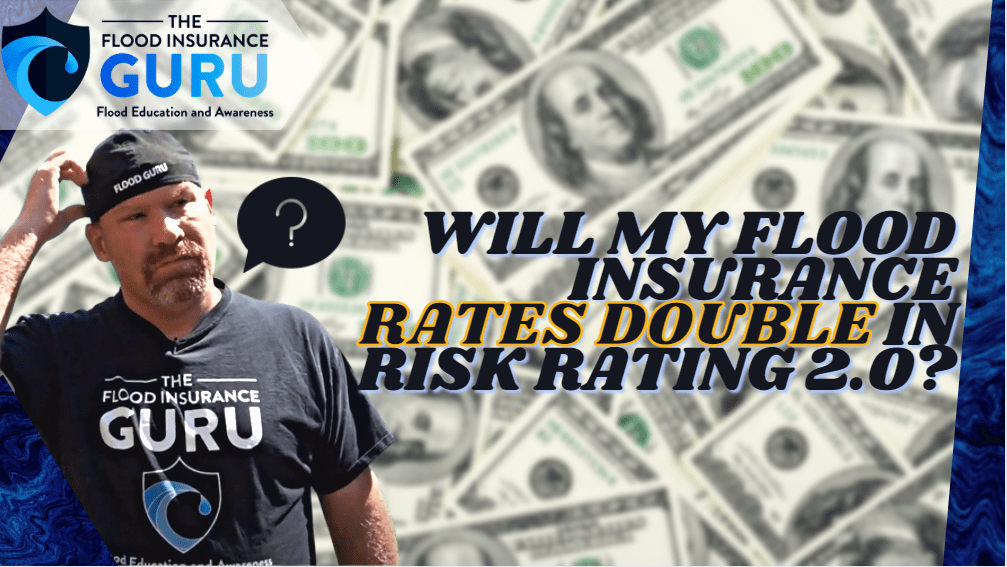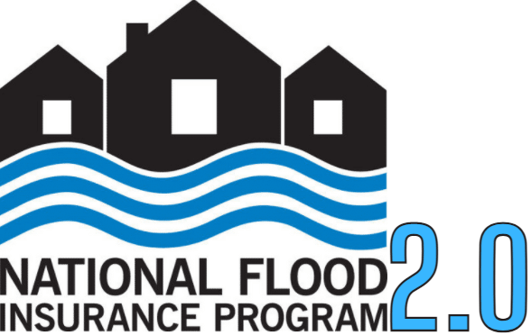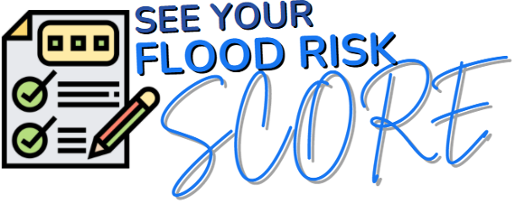Will My Flood Insurance Rates Double in Risk Rating 2.0?
December 3rd, 2021
4 min read
By Chris Greene

Today, we want to answer one of the most asked questions ever since this new Risk Rating 2.0 program came into the picture when it comes to the National Flood Insurance Program (NFIP) and the Federal Emergency Management Agency (FEMA).
Will my rates double with the Risk Rating 2.0 update?

Risk Rating 2.0
When it comes to this new update, one of the things that people may think about and be haunted by asking if this new Risk Rating 2.0 program means that flood insurance rates across the board will double.
Before we dwell too much on that question, we want to address first what is going to happen with the Risk Rating 2.0.
Just because it says "2.0" doesn't mean that your rates will double. 2.0 simply pertains to the fact that this is a newer version of federal flood insurance. Think of it as an app in your phone updating from an old version to a new one; sometimes it even goes up to 7.0, but it doesn't really mean that the app will be seven times bigger.

This new program is deemed equity in action as it aims to provide the most accurate flood insurance rates by using each property's unique flood risks. The new Risk Rating 2.0 program will start to look at multiple flood risk variables or factors in order to finalize your rates and this way it hopes to make give everyone a transparent flood insurance pricing for each property owner when they pay.
With the flood risk variables kicking in, your property's going to get a final flood risk score that covers addresses your risks and how they contributed to calculating your rate. We'd like to put it simply as "the fingerprint of your flood risks".
These flood risk variables will cover multiple areas concerning your property and the nature of floods. One of the biggest changes is that this new program will only look at flood zones as a regulatory reference. This means that flood zones will no longer impact rates, but can still demand you to get flood insurance if you're in the special flood hazard area (SFHA).
Rate Changes with Risk Rating 2.0
The truth is when it comes to flood insurance policies and their respective flood insurance premium, Risk Rating 2.0 will can either cut your premium rates in half or create a rate increase that will double the price of flood insurance. All of this is dependent on your flood risk score.
The things that will determine your flood risk and flood insurance rates will cover both things from the legacy program and new things with the Risk Rating 2.0. We've put down a list of the things that are staying and the new kids in the block when in the federal flood insurance scene.
The remaining features are as follows:
- Zone designation in the flood insurance rate map (e.g. special flood hazard areas (SFHA) or preferred flood zones) however flood maps will only be used from a regulatory standpoint, not rating.
- Distance to water sources such as a river, creek, lake, or even the coastline
- Prior flood insurance claims or flood claims made with the property
- Policy assumption and grandfather rule
The new things that will come with the Risk Rating 2.0 are as follows:
- Types of floods. This can be either pluvial or the accumulated water due to rain, runoff of collected water that flows from higher areas, storm surge and coastal erosion, dam/levee damage or overflow, and even a combination of these things.
- Flood frequency. How often do these floods happen on your property or in your area?
- First-floor height and elevation of the structure. A new feature that determines your flood risk score is the distance between the ground (grade) from your first floor or the first habitable floor of your property.
- Flood Risk Mitigation Measures made on the property. Is the lowest floor above the base flood elevation? Are there enough flood openings to let floodwaters through?
- Replacement Cost. How much will it cost insurance companies to rebuild or repair your home when damaged?

Does this mean that higher-value homes will be the ones to double the cost of flood insurance since they will get annual premium increases and flood insurance policyholders with lower-value homes will be the only ones to pay half of their flood insurance?
If we really look at Risk Rating 2.0 closely, this will address each and every individual property's flood risk score. So the higher the risk of flooding within your property, the higher the increase you'll expect. Right now, we're currently seeing an estimate of 70% of the registered properties (both residential properties and commercial ones) will get an increase in flood insurance rates with the Risk Rating 2.0.
This 70% doesn't really contain solely higher-valued homes and the other 30% who might not see a price increase are lower-valued homes. This is a complete mix of the overall population across the country. It can really be hard to tell whether or not you're going to be one of the homeowners who will get their flood premiums cost cut in half since we're yet to see any impact of implementation from FEMA and the NFIP.

What is important to note here is that there will be places and properties that might even see a double-digit rate increase with their flood policies from FEMA and the NFIP.
That said, I think the best thing to really ask is how well you're protected because we're already seeing that floods can happen anywhere at any given time. Even low-risk flood areas like New York City, Atlanta, and Waverly saw huge flood damage even though they're well outside the flood-prone areas.
Make sure that you are protected at all times and that you also get to protect your property from floodwaters. If you have any questions on Risk Rating 2.0, how to determine your flood risk score or anything about floods and flood insurance, reach out to us by clicking below.
We also encourage that you visit our Flood Learning Center where we try to answer your questions on flood insurance.
Remember, we have an educational background in flood mitigation which lets up help you understand the level of risk that you have when it comes to flooding, your flood insurance, and protecting your property long-term.




